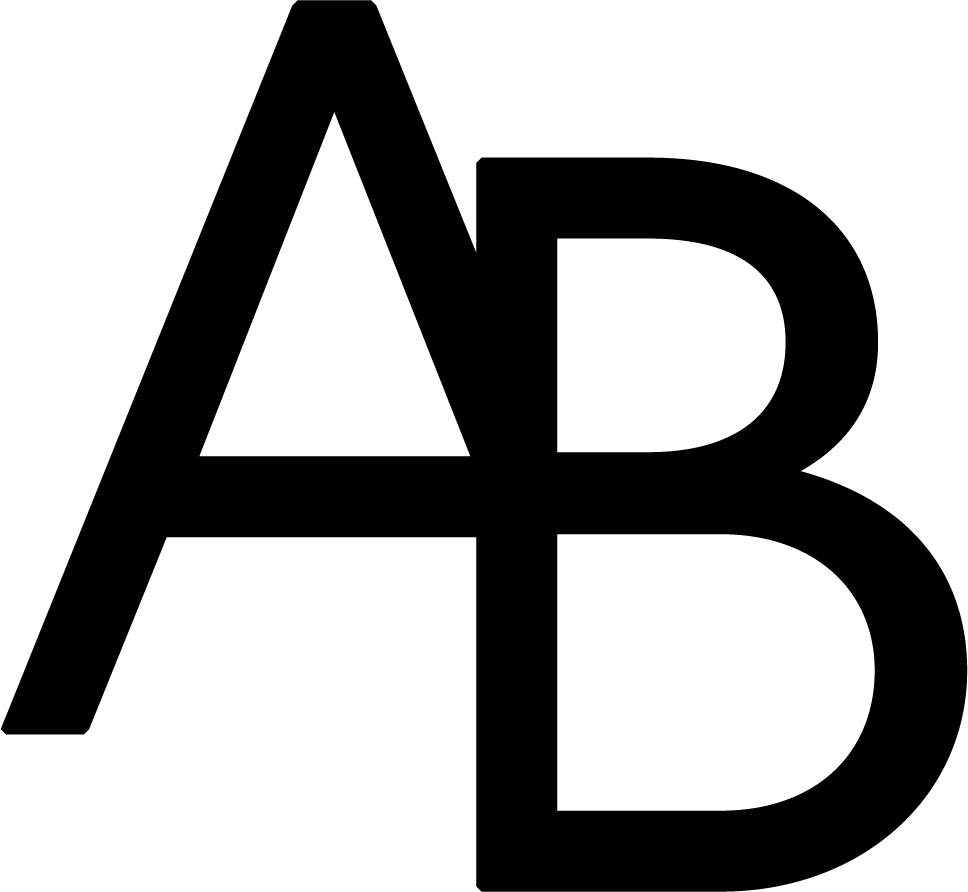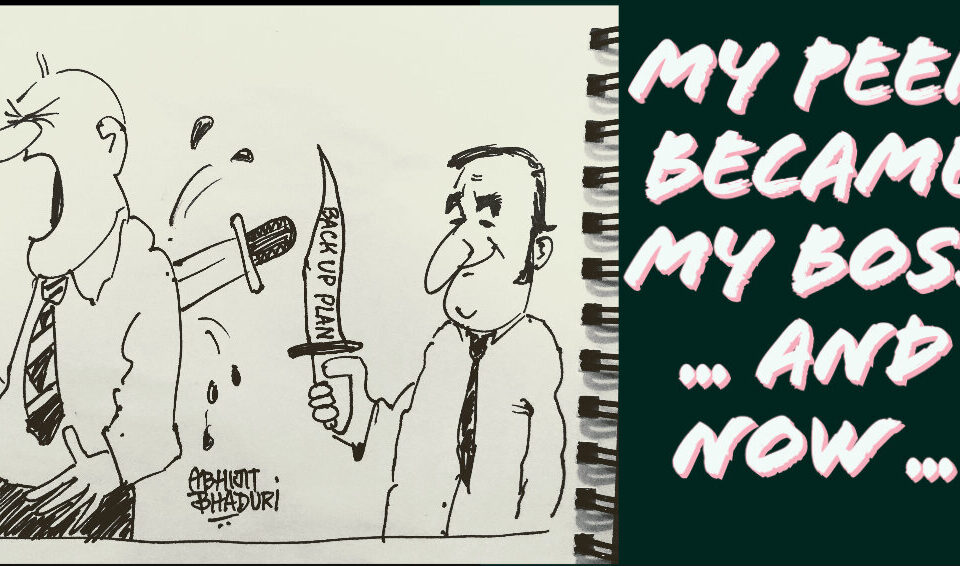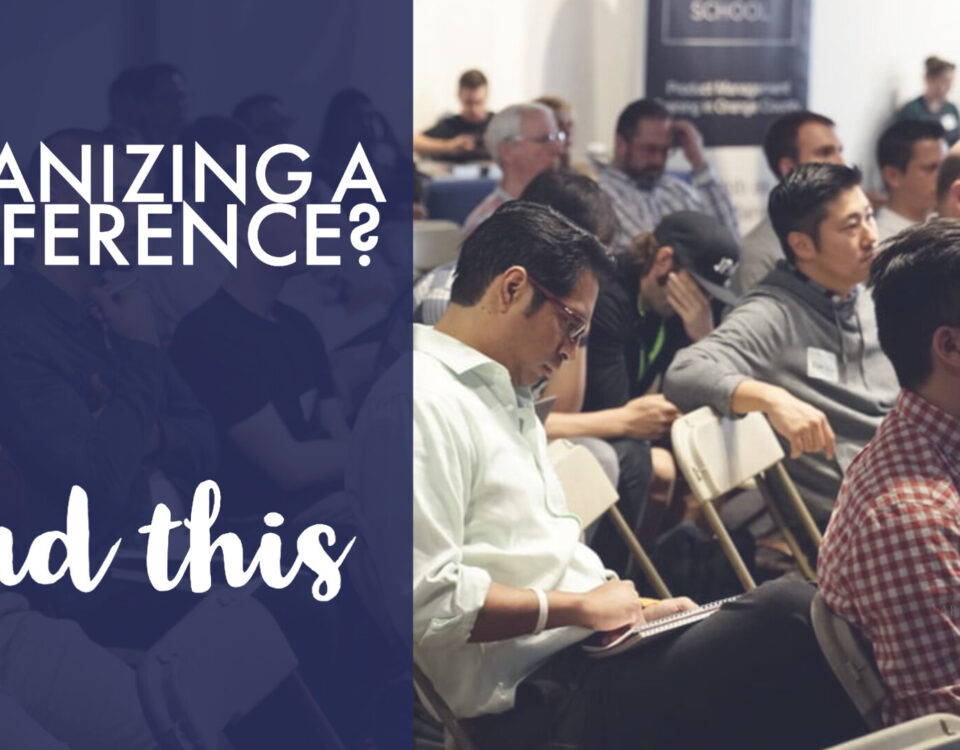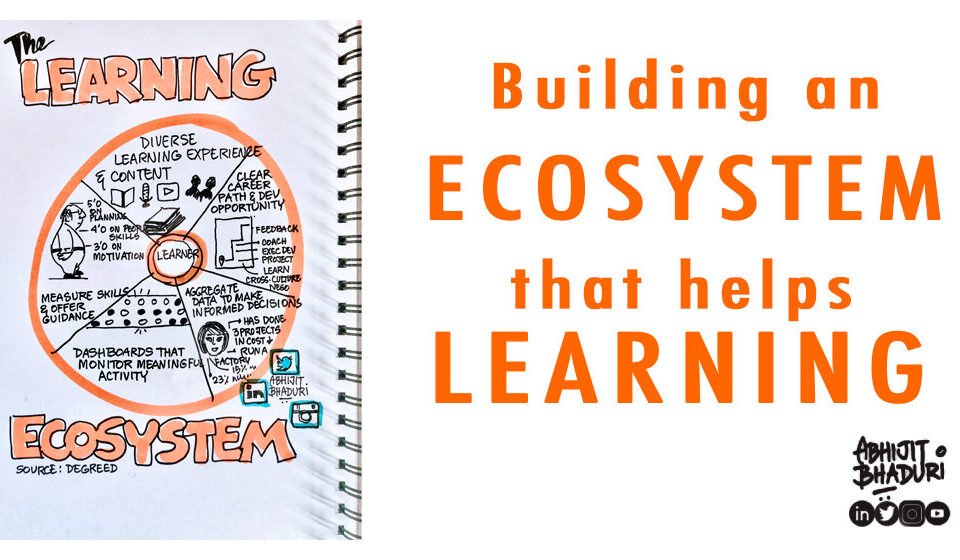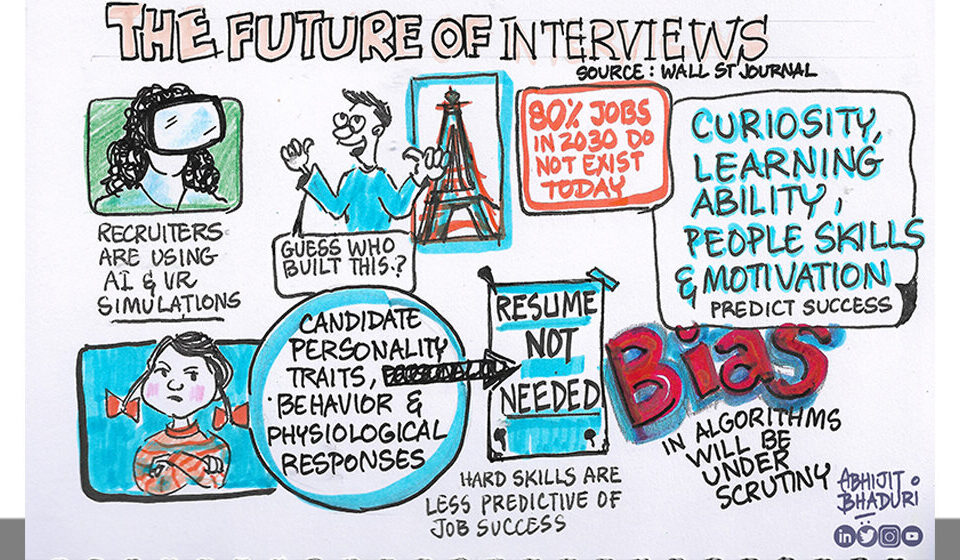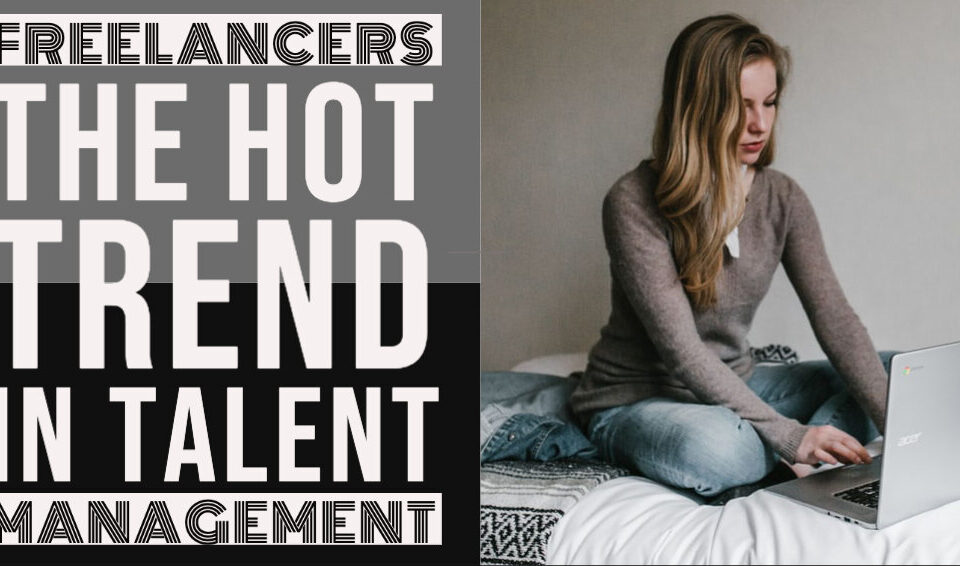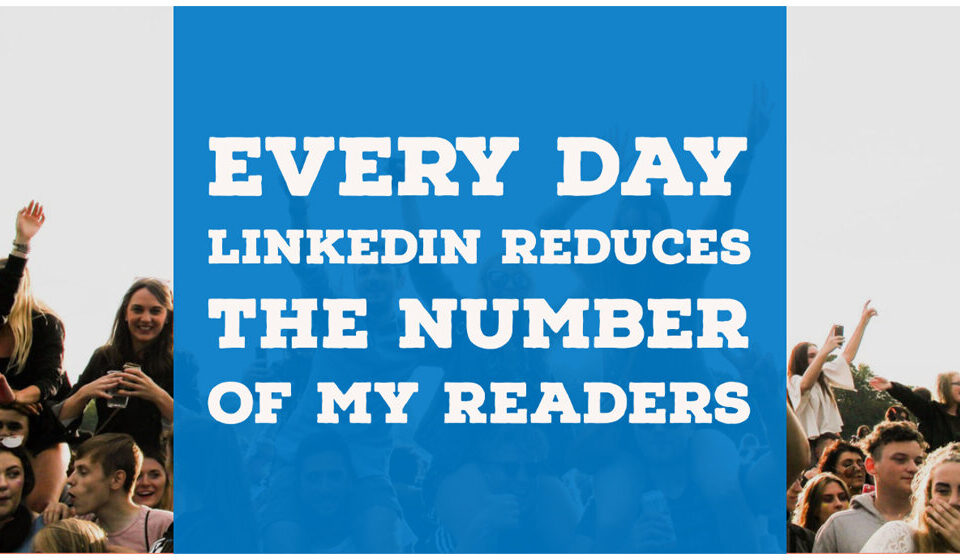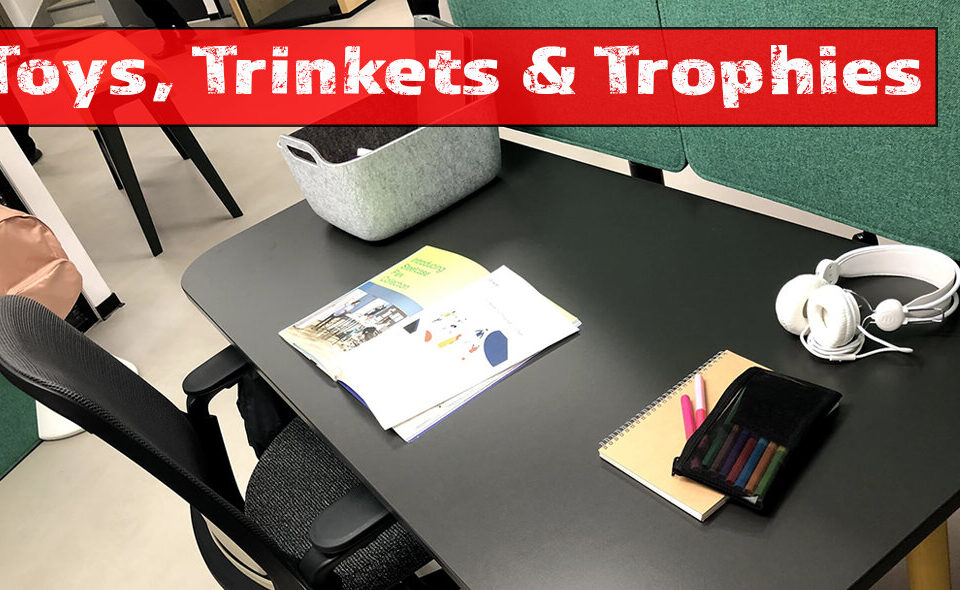I always believe that a transition is like the trapeze act you may have seen. When a performer releases the bar and is caught by another performer, the "catcher," who hangs by his or her knees on another trapeze. After the first performer leaves the trapeze bar and is held by the colleague, for a brief period of time the performer is in mid-air without any support. Transitions are like that in-between moment. They are scary but manageable.
This may be a good time to rethink the conference. Here are a few easy fixes:1. The audience approves the speakers: Get the speakers to do a short 1-minute video of the topic they wish to speak about. Share the names of the speakers and their topic on the conference website. Let the people vote for the topic and the speaker. Those who are paying have a right to decide which speaker is worth their time.
You probably use one or more of these open source learning systems: TED talks, General Assembly, EdX, Big Think ... and then you have many formats of content - videos, podcasts, blogs, websites, newsletters. I use a number of whitepapers and reports published by various organizations. Your employer probably has their own LMS to share content. Having great content does not ensure learning.
Your social media presence can be used to create your personality profile. These reflect more stable traits like ability to learn, motivation and people skills. Personality is probably a better predictor of your success than what people put on their resume. There is inaccurate and sometimes fake information in people's resumes. That when combined with poor skills at predicting performance from candidate interviews, means most hiring is a hit or miss situation.
Every freelancer has to be their own C-Suite. If they do not understand the complexity of the taxes they have to pay, they can work with an accounting firm or a tax lawyer. In an organization, the Learning and Development team will assess the gaps in soft skills (along with the technical knowledge and domain knowledge) that are there for each employee and create a plan to bridge the gap. That option goes away for freelancers. They can’t assess their own skill gap in this area.
The increasing importance of the workplace design as a strategic lever for shaping culture needs to become part of the CXO vocabulary. What kind of work settings enhance the feeling of engagement with colleagues and which work settings encourage individual contribution time need to be consciously designed. How we do our work has changed. The workplace design has to catch up.
In the workplace, there is a special team of people who manage “total rewards” that does everything with the belief that periodic rewards make the employee feel appreciated and a little more engaged. Could it be that our system of rewards is just what is making them disengaged? Could it be that rewarding high performance is precisely what is making people not collaborate with colleagues? Could it be that offering rewards for innovation is stopping the employees from taking on complex problems? What does the science say?
